Why this Test?
This road test between a vintage and modern road bike came about entirely by accident. I didn’t sit there on the couch thinking of a blog to write, or contrive to throw something together to waffle about during this period of inclement cycling weather. No, this road test happened purely because I took a modern road bike out for a ride, and I hadn’t ridden anything but vintage bikes for over a year. And to be honest, I was pretty astounded at the differences. Having ridden a whole load of vintage steel road bikes for a good while, being solely dedicated to riding and repairing them, getting on this Felt F85 was a bit of a culture shock. And I think I can say without sounding like an egotist, that this vintage obsession gave me quite an insight into the real differences when I finally got on the F85.
80’s v Modern
I was watching the latest episode of the Grand Tour car show the other day, and it was actually quite interesting to see the feature on vintage supercars compared to new supercars. It made me think of how it relates in many ways to the same bike test, comparing cool old steel bikes to modern ones. Why? Well, OK, Jeremy Clarkson always puts sarcasm and parody before any useful analysis ( as is always the case with his car show ), yet, at the beginning of the supercar test, he provokingly states that technology hasn’t moved forward at all: the two 1980’s supercars, the Jaguar XJ220 and Bugatti EB110 Super Sport, have indeed higher maximum speeds than most of today’s supercars, like the Lamborghini Hurricane. But after lots of screeching and sweating around the racetrack in these old supercars, he is flabbergasted at how uncomfortable, even dangerous, these old cars are to drive. Modern supercars, he realises, are superior in nearly every way to these old machines. So then, is it the same with bikes?
The Bikes
Let’s have a look at the bikes:
- 2003 Felt F85 Custom Road Bike, 58/58cm v 1980 Eddie Koepler Vitus 172, 58/58cm
The Felt is an all aluminium frame and forks road bike, with stock Alex rims and 8 x 3 speed Shimano Sora groupset ( except for the triple crank ). It weighs about 20lbs. In 2003, it would have cost around $700 in the States, around 500 quid, which made it a low mid-range bike in its day. Its transmission is functional, there are no carbon parts on it, but it’s got a decent aluminium frame and is quite a good looking bike.
The Eddie Koepler was built in 1980 and has Vitus 172 main tubes, a basic Huret transmission, Rigida/Maillard rims and hubs, is a ten speed bike and weighs about 23lbs. Like the Felt, it was a low mid-range bike in its day, and is simple, functional but decent example of a French road bike of that era.
Everything is Different
Just getting on the Felt made me realise how much bikes have changed. The wider handlebars, larger tubing, the gel saddle, the comfortable and moulded brifters, immediately welcome you to a new age of cycling. The F85 immediately felt more comfortable, and my first impression was that the difference on the road was vast. There’s just an immediate sensation that you can go quicker on a modern road bike, and the acceleration as well as the liveliness of the bike is apparent from the get-go. The Koepler, in comparison, felt heavier, a lot more than the 3lbs difference between them on paper. Yes, it felt more solid, it had a narrower sitting position, it gave the impression that it wouldn’t break for another 40 years, but the effort to get it upto speed was much greater. In a world where speed is king, the modern Felt bike left the vintage bike far behind.
Don’t Get Me Wrong
I love vintage bikes. I will always love them, but Iet me tell you: when I was flying down the local roads on the Felt, there was a voice in my head saying ” you idiot!” Why haven’t you been riding one of these??”. It’s a fair point. I mean, if I think about it in car terms, there must be a huge difference between a 1970’s Jaguar and a Jaguar built in the last ten years. “Yes, yes”, you may say, ” but modern cars have improved in leaps and bounds, with all this technological stuff like ABS braking, power steering, power this and power that, traction control..blahdy blahdy blah; bikes, on the other hand, are only subtly different”. That’s true, but the subtle differences are quite profound: the stiffer, more responsive frames, the less narrow handlebar position, more gears (!) and to top it off, the STI shifting that Shimano championed, which changed everything.
Lap Times
I went round the block a few times on both bikes, heading into my average cruising speed and trying to ride as smooth and as typically as possible. Although this is certainly no scientific method to prove the differences in speed, the average results of riding both bikes were thus:
- Felt F85 Average Time: 1.43 seconds Koepler Average Time: 1.46 seconds
Any Advantage of the Vintage?
The brakes on the modern road bike were a lot more effective than the old CLB brakes on the Koepler, and stopping distance was significantly shorter for the modern bike. This is a very important aspect to cycling, and it is true that the advances in design and technology over the last twenty years have made a huge difference in cycling. Quick, accurate and easy gear changing, effective brakes, compact and triple cranks, clipless pedals and more aerodynamic wheels means a great deal in such comparison as this. The vintage bike, nevertheless, is a pleasure in the purist sense of bike riding; hand built, made in a local workshop in France, with a style and aesthetics to compliment the simple functionality of its parts. The Koepler may be a lot less of a performer, but it has more of a soul, a spirit, of an age when bikes not mass produced in Asia by brands that are really owned by larger groups and conglomerates ( Felt is now owned by the Rossiginal group ).


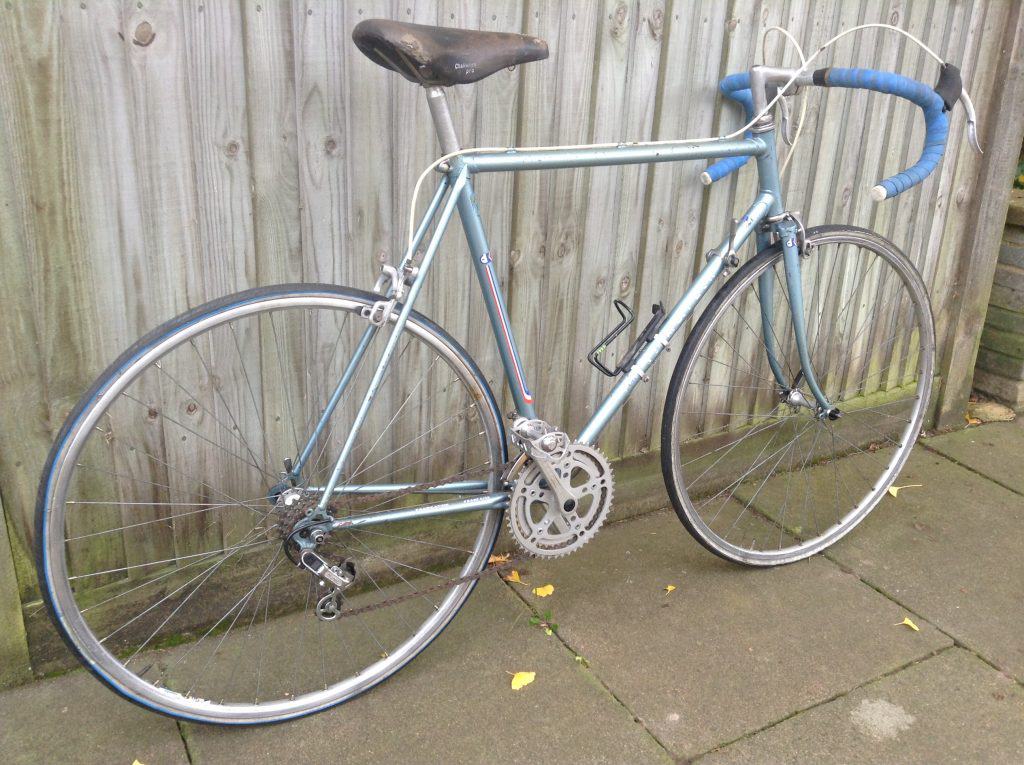
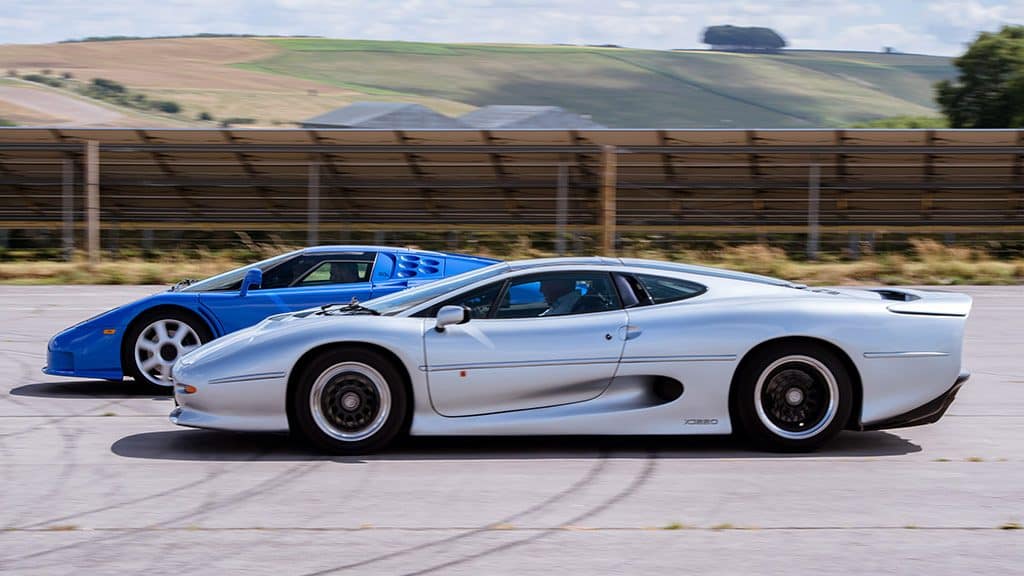
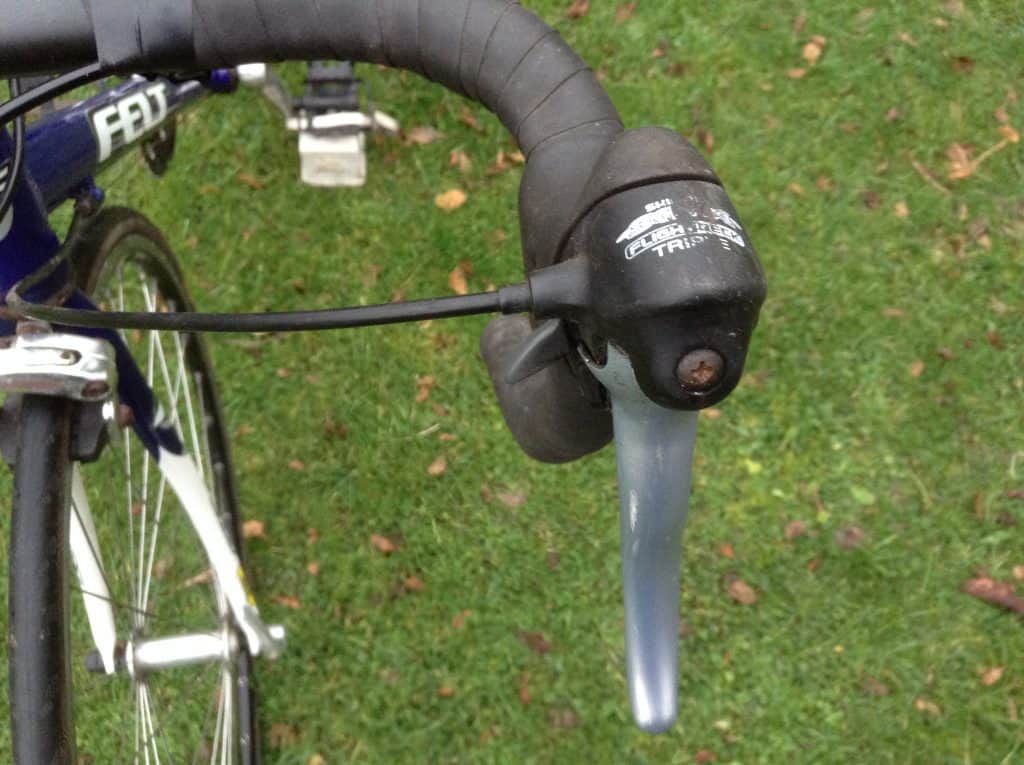
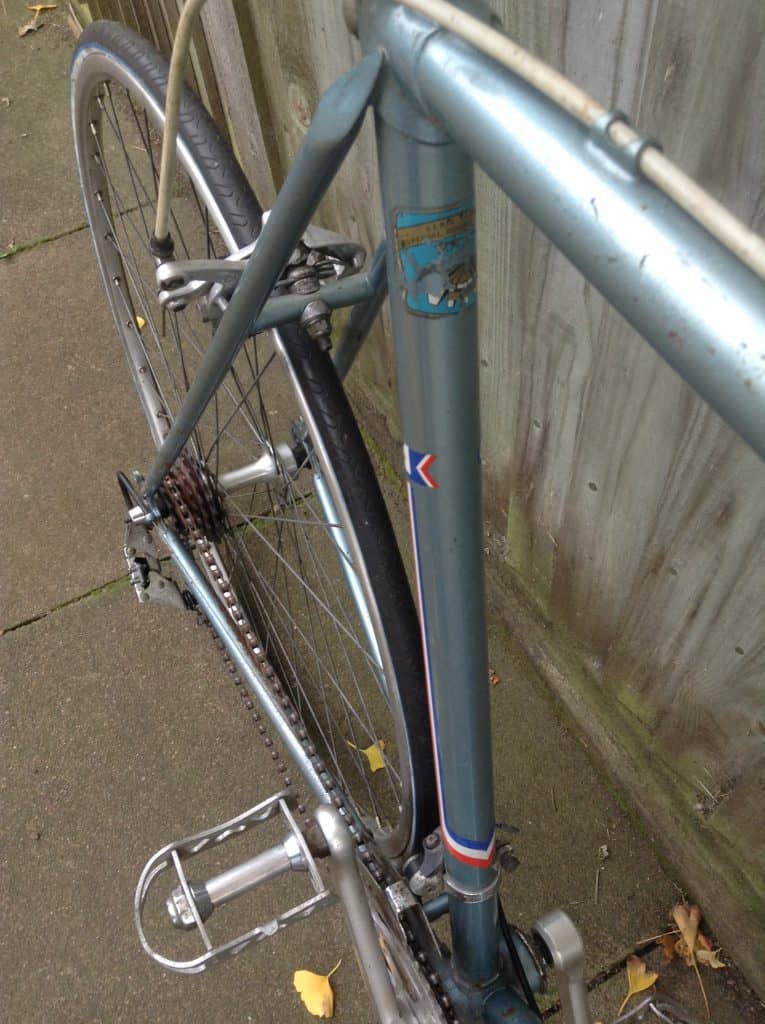
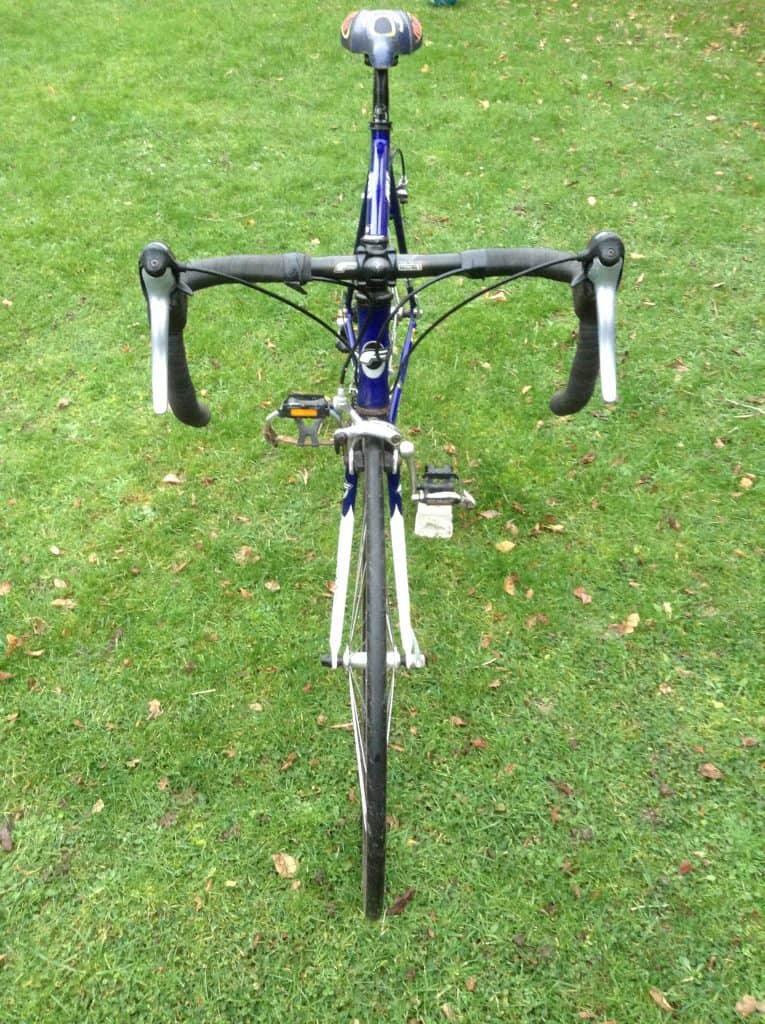
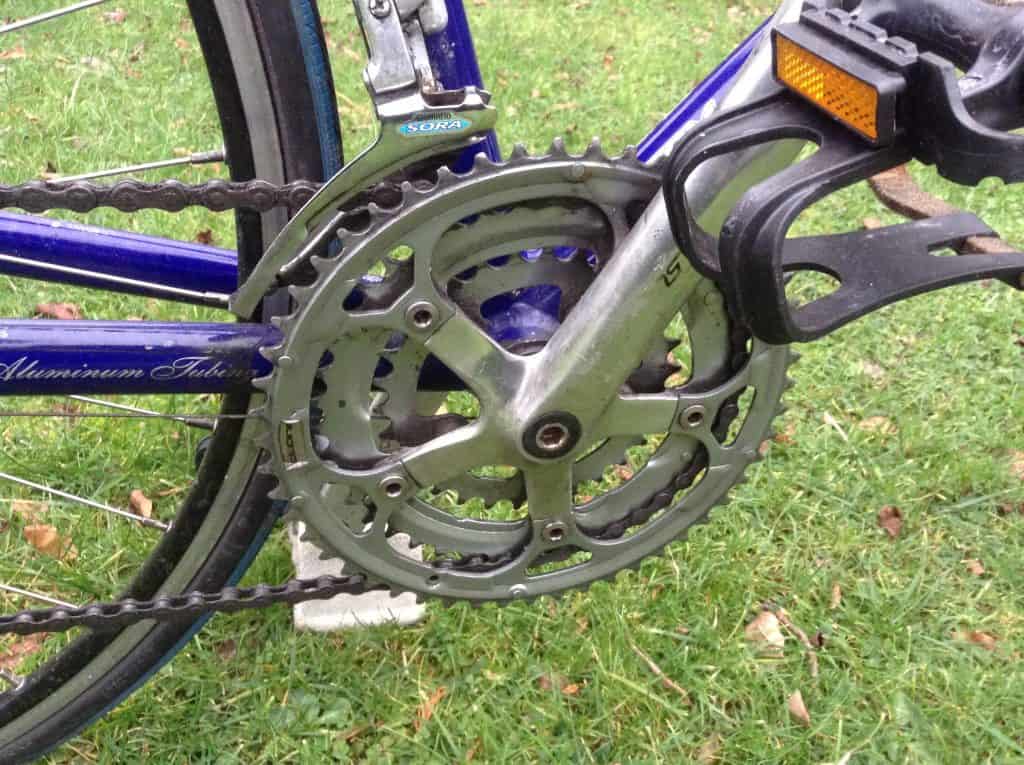
How about all day comfort? I’m about to refurbish a 91 or 92 Bridgestone RB1. I’m not purist as it will be cold set to use more modern cassette over freewheel, and a compact or triple because at 68 instead of 48 I’m not as strong and not a great climber anyway. I need to put a nitto stem on to raise the handlebars for comfort. Will the steel race bike be good for all day comfort? I don’t go 50+ mph on downhills anymore. LOVE those bar end shifters. I still go fast sometimes, but I’m not racing.
Hi
I also have a modern wheelset and a 9 speed setup on my vintage frame, it’s ideal for me. Vintage frame and modern parts are what I prefer when it comes to the best riding experience. Good luck with your build.
Its important to differentiate between good vintage and lousy vintage. Nobody in their right mind would ever run any road bike without clipless pedals for instance. This is a very cheap an easy upgrade. On your vintage bike the seat has been moved way too forward resulting in too much weight on the handlebars. Maybe that was just an error. If those old brakes stop you well that’s great but I remember huge performance differences in Dia-Compe vs Gran Compe and Shimano 600 vs Dura-Ace brakes. And cranks! Shimano 600 vs Dura-Ace was a dramatic difference. Worse than Shimano 600 was tortuous. And if these are on a mediocre frame its all for naught. Yes you can get good performance out of vintage parts but only if they are carefully selected and replaced when necessary. There were NO pedals that were any good back then because there were no clipless pedals back then.
I get the impression there are a lot of old, fat riders that are totally out of shape that lean towards vintage because its familiar and not as taxing. Time to get in shape and try the new stuff so the comparison is fair.
Thanks for writing that interesting comment, I enjoyed reading it. I agree about the importance of having quality components on a vintage bike, the riding experience changes dramatically between a Peugeot UO8 and a PX10. It’ worth the upgrades if you really want to enjoy cycling, as you state. Thanks!
@ Bob. You sound like a squid. I currently have 7 bikes ranging from a 30 year old hand built steel bike to a new Cervelo S-5 and have to say I love riding all of them and frequently switch between them just to relive each of their unique attributes. It’s not always about how fast you’re going.